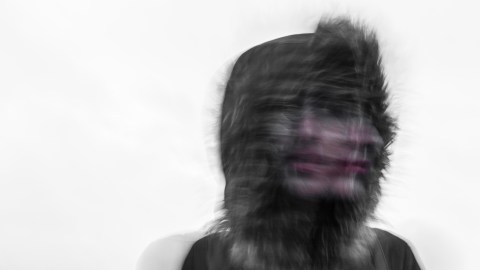Demystifying hallucinations

Photo credit: Ehimetalor Unuabona on Unsplash
Dr. Oliver Sacks’ 2013 book Hallucinations is a tremendous anthology of case studies of hallucinatory experiences recorded through his decades of work as a clinical neurologist, his analysis of clinical case studies and through his own personal experimentation with hallucinogenic drugs. Sacks notably remarks that in his job as a neurologist and psychiatrist, his patients described phenomena so outrageous that he would not have taken the reports seriously if it had not been for the fact that he had himself experienced the same phenomena under the influence of drugs.
Another interesting observation is the sheer prevalence and variety of hallucinatory experience. Sacks reports for example that Charles Bonnet Syndrome, hallucinations affecting those with significant visual impairments – may affect the majority of elderly people with visual impairments, with as many as fifteen percent experiencing complex hallucinations such as people, objects or scenes. Sacks states that only a fraction of these cases is correctly picked up by doctors with “many or most” being overlooked or misdiagnosed. This is largely, Sacks argues, because of the stigma surrounding hallucinations which results in people keeping their hallucinations secret, one of the main arguments Sacks makes is that hallucinations do not equate to madness.
CBS (Charles Bonnet Syndrome) hallucinations are often described as having dazzling, intense colour or a fineness and richness of detail far beyond anything one sees with the eyes. There are strong tendencies to repetition and multiplication, so that one may see rows or phalanxes of people, all dressed similarly and making similar motions (some early observers referred to this as “numerosity”). And there is a strong tendency to elaboration: rich robes, and strange headgear. Bizarre incongruities often appear, so that a flower may protrude, not from someone’s hair but from the middle of their face. Hallucinatory figures may be cartoonlike. Faces, in particular, may show grotesque distortions of the teeth and eyes. Some people hallucinate text or music. But by far the commonest hallucinations are the geometrical ones: squares, checkerboards, rhomboids, quadrangles, hexagons, bricks, walls, tiles tessellations, honeycombs, mosaics. Simplest of all, and perhaps the most common are phosphemes, blobs or clouds of brightness or colour, which may or may not differentiate into anything more complex.
Sacks describes in detail the vast range of causes and types of hallucination and delirium: Sensory deprivation, migraine, fever, epilepsy, Parkinson’s, PTSD, Charles Bonnet Syndrome. We hear of out of body experiences, near death experiences, sleep-paralysis induced visions, voices, musical hallucinations, religious hallucinations. Hallucinations upon waking -“hypnopomic” hallucinations and hallucinations just before falling asleep – “hypnagogic” hallucinations. The list goes on, the full range of hallucinations is truly extraordinary and Sacks never fails to describe each type of hallucination he addresses in exquisite detail. Sacks also describes a wide range of related phenomena such as déjà vu and jamais vu – the opposite of déjà vu, when an individual feels they are experiencing something for the very first time whilst logic tells them otherwise.
While every type of hallucination that is descried is explained using richly detailed case histories it is also clear that Sacks has obtained great insight from his own experiences with hallucinogens and deliriants. We hear of the bizarre effects Sacks obtained by swallowing 20 Artane tablets used to treat Parkinson’s and the decidedly psychedelic effects Sacks obtained the first time he smoked cannabis. Sacks describes his experiences with choral hydrate, mescaline, LSD, psilocybin, morning glory seeds, amphetamines and even Sacks’ single sobering voyage in to the world of opiates – once was enough.
Hallucinations is a delightful guided tour of the human mind. It is a story that has been waiting to be told and if I could choose any author in the whole world to tell this tale, it would be none other than Oliver Sacks.




